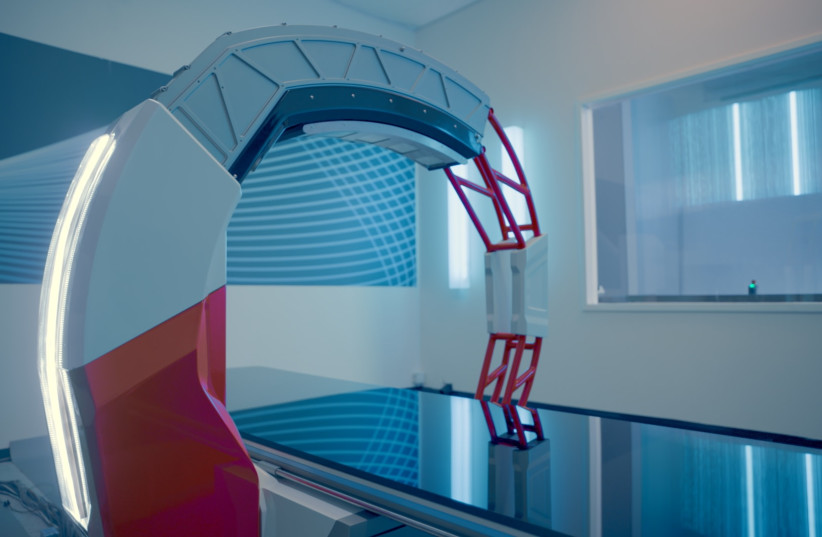An ongoing dispute between the Health and Finance Ministries over the distribution of imaging devices – CT, MRI, PET-CT, and more – was discussed at the Knesset Health Committee on Tuesday.
Committee chairman Shas MK Yoni Mashriki called the meeting to check on the waiting times and the existing need to determine how to distribute these devices among the public hospitals.
He emphasized the urgent need in many medical centers due to a shortage in such expensive machines to avoid patients being shifted to other hospitals.
Mashriki asked the Health Ministry to send the committee an assessment of the scope of the manpower needed to operate the devices and decipher the results of the tests and what actions the ministry is taking to deal with this shortage.
In addition, he called on the two ministries to speed up the preparation of regulations concerning PET-CT devices and hyperbaric (high-pressure) oxygen chambers given the growing need in the field for installing them in hospitals.

According to Dr. Vered Eisenberg, head of the Health Ministry’s medical device licensing division, there is an increasing use of imaging devices, “but the number of devices throughout the country is not dependent only on us, but also on the Treasury, which limits the number of devices per population so as not to create an overuse that will increase public health spending. We disagree with this assumption, and a year-and-a-half ago, the per-capita rate for an MRI machine was changed from 1:189,000 to 1:161,000. The per-capita rate for a CT machine was changed from 1:120,000 to 1:103,000, and in addition, four hyperbaric chambers and two da Vinci robot devices to improve cardiac, gynecological, cardiac, urological, pediatric, and general surgery were added.”
Israel is at the bottom of OECD list
According to Eisenberg, Israel is at the bottom of the OECD countries in terms of the number of imaging devices, but in the middle of the list of countries in terms of the intensity of their use. Too few devices cause faster wear-and-tear of each device.
According to Prof. Ofer Merin, director-general of Jerusalem’s Shaare Zedek Medical Center, the inadequate supply of these devices causes doctors to use these tests less frequently, even though they can provide a broad and deep view of the patient. Merin asked for another pressure chamber to be approved for his hospital to treat cancer patients, those who suffered damage to their limbs, and smoke victims.
Yesh Atid MK Tania Mazarsky warned that a patient who is not diagnosed in time will cost the country much more. Daniel Engel, director of the Herzliya Medical Center, emphasized the difference between the MRI machines in the hospitals that are meant for routine use and those in the community that are meant to shorten the waiting times for appointments.
According to him, the lack of availability of such machines causes loss of working days due to pain and damage to the economy.
Tamar Chin, health liaison in the Treasury’s budget division, replied that her ministry weighs budget versus needs and that per-capita rates were recently updated. She claimed there are cases of overuse of some of the devices.
